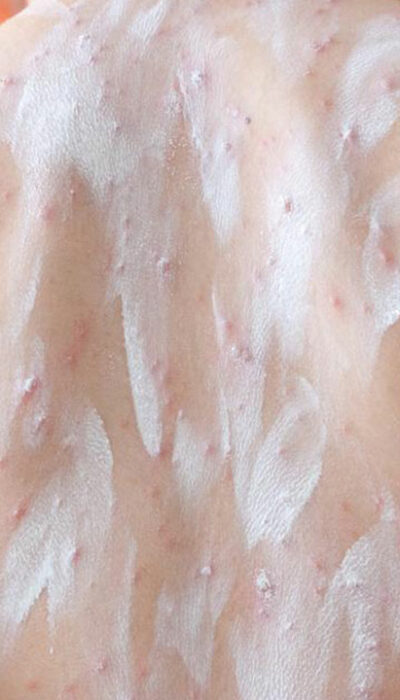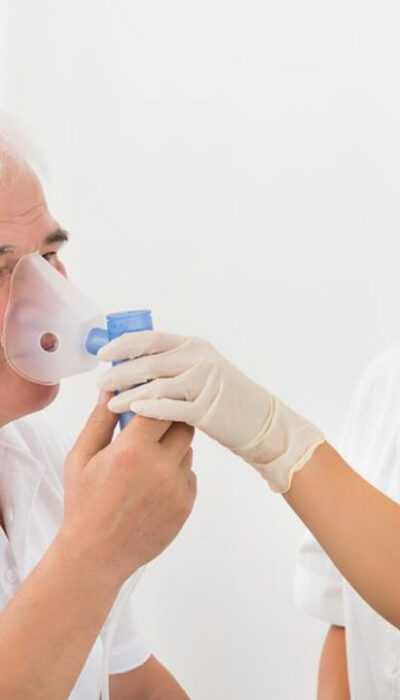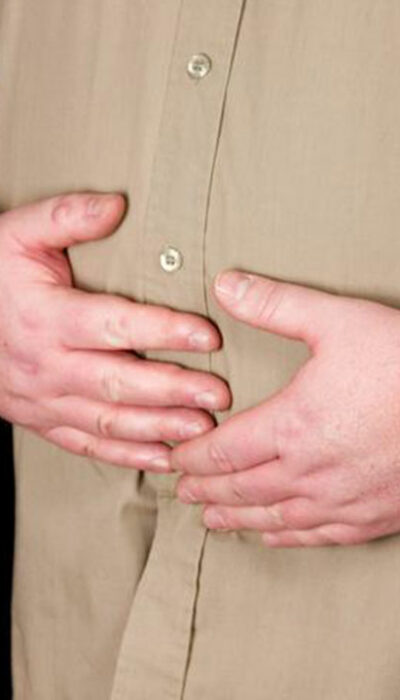
Popular and Effective Eczema and Psoriasis Treatment Options You Can Try
Skin-related diseases like psoriasis and eczema have become a deep source of concern for several people. They make people constantly worry about their appearance and reduce the quality of life. Psoriasis and eczema can be described as non-infectious skin diseases, and the most common symptoms are scaly red patches and rashes on the skin. These skin diseases lead to painful swelling and severe scaling. You also have to deal with plaques, burning, itching, and bleeding cracks. They may affect different parts of your body including feet soles, genitals, neck, knees, elbows, palms, and scalp. Psoriasis is a disease with a hereditary nature while eczema is an allergic reaction. What are the best eczema and psoriasis treatment options available? Popular eczema and psoriasis treatment options: Treatment options for eczema There are a good number of home remedies as well as medications available for treating eczema. Since it is an allergic reaction, you have to remove the things or circumstances that cause the allergy. It can be anything from changing the fabric softener or detergent to switching to a new climate. Take a bath with lukewarm water and apply moisturizing lotion all over the body You should do everything to prevent your skin from being dry. It is a good option to have showers or baths using lukewarm for around 10 to 15 minutes. A body cleanser or a mild soap can be used while taking a bath. You must dry yourself carefully. You should never vigorously rub your skin; therefore, you must ensure to pat your skin dry. After the bath, moisturizing skin lotions should be applied all over the body. You should not use any lotions with irritating substances including fragrances. Enough care should be taken not to come in contact with irritating fibers like mohair or wool. Never wear rough clothes and never scratch on the affected area You must not wear any rough, scratchy or tight-fitting cloth while facing eczema-related issues.










